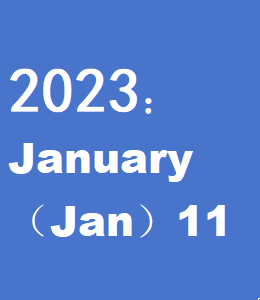
High-precision radar level gauge is a widely used liquid level measurement device in the industrial field. It utilizes radar technology to achieve high-precision measurement of liquids or solid materials. Here is a detailed product introduction and purchasing guide:
-
Principle: The high-precision radar level gauge utilizes radar technology to emit radio frequency signals and receive their reflections to determine the level height of liquids or solids in tanks, vessels, or containers. It offers high accuracy, stability, and adaptability.
-
Features:
-
High accuracy: Typically operates with millimeter-level precision, suitable for applications demanding high-level accuracy.
-
Good stability: Unaffected by factors such as temperature, pressure, or medium properties, exhibiting strong stability.
-
Strong adaptability: Suitable for various process conditions, including high temperature, high pressure, or corrosive mediums.
-
Long-distance measurement: Capable of measuring liquid levels over significant distances.
-
Non-contact: No direct contact with the liquid, minimizing contamination or damage risks.
-
Applications:
-
Chemical industry: Used to monitor the tank levels of various liquid chemicals.
-
Oil and gas industry: Applied in oil tanks, wells, etc., for liquid level monitoring.
-
Food and beverage industry: Employed for liquid level control in food and beverage materials.
-
Water treatment industry: Utilized in water tanks, reservoirs, etc., for liquid level monitoring in water treatment equipment.
-
Model Selection: Choose an appropriate model based on specific application scenarios, including measurement range, operating temperature, pressure, etc.
Purchasing Guide:
-
Measurement Range: Select a suitable model covering the required range of liquid levels to ensure comprehensive coverage.
-
Accuracy Requirements: Determine the required accuracy level according to the application scenario and select a product that meets these requirements.
-
Process Conditions: Consider process conditions such as temperature, pressure, and medium characteristics, choosing a product capable of adapting to these conditions.
-
Installation Method: Choose an appropriate installation method based on the structure and layout of the container, such as side mounting, top mounting, etc.
-
Communication Interface: If integration with other control systems is necessary, consider selecting a product with common communication interfaces such as Modbus, Profibus, etc.
-
Maintenance and Service: Consider the ease of maintenance of the product and the aftermarket service support provided by the supplier.
-
Price vs. Performance Comparison: Compare prices and performance comprehensively, selecting a product with a high cost-performance ratio.
-
Brand Reputation: Choose products from manufacturers with a good brand reputation and credibility to ensure product quality and after-sales service.
When purchasing a high-precision radar level gauge, it is crucial to consider various factors such as actual requirements and application environments to ensure the selection of the most suitable product. It is advisable to communicate thoroughly with the manufacturer or supplier before purchasing to understand the technical parameters, performance characteristics, and after-sales service information of the product.
Shaanxi Qianyi Tuoda Technology Co., Ltd. www.sxqytd.com Tel:+8618829679311

